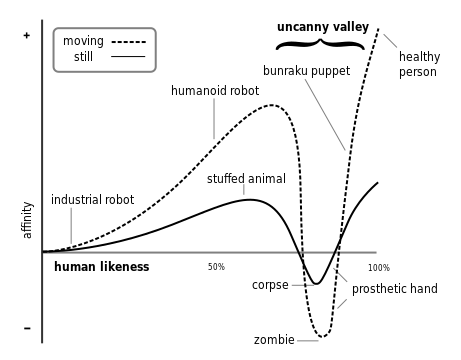Already hyped as "the new Star Wars kid" and "the next Tron Guy" by peeps in the know, Halo Kid mania is on the rise.
Using only cardboard and packing tape, the Halo Kid achieves an astonishing level of detail in his work. To date, he has crafted all of the weapons in Halo 3 and built a custom set of armor. More subtle, yet even more fascinating is the way that he uses his body to perform Master Chief, the player-avatar in Halo 3.
After showing off each weapon to the camera, Halo Kid steps back into the frame to demonstrate the weapon's proper use. In doing so, he mimics the body language of Master Chief with surprising accuracy. Slowly spinning on the balls of his feet, he aims a laser, reloads his rifle, kneels down repeatedly, and silently mimes a pistol's recoil. These actions looks strange and unnatural to the non-player because they were designed within the limitations of the gamespace. By removing them from their original context and performing them in his garage, the Halo Kid places the movements of Master Chief in relation to the archetypical human body rather than other computer-generated body-representations.
In-game, we see the best that the dev team could do within an imperfect technical environment. Presumably, Master Chief might move differently were the game able to more finely compute his movement while maintaining a smooth physical simulation. The dance of the Halo Kid, on the other hand, is the result of a sequence of deliberate human choices. By using his relatively more free human body to mimic the constrained motion of an anthropomorphic avatar, the Halo Kid denies compromise in Master Chief's movement. No matter how awkward they may appear, Master Chief moves deliberately. The Halo Kid's imitations permit viewers to see Master Chief move without constant reference to a distracting technical context.
When thinking about the visual evolution of games, I generally assume that developers steadily progress the from left to right along the "uncanny valley". In this case, however, Halo Kid confounds this common understanding by positioning the movement of his own body somewhere closer to the dreaded corpse-pose at the valley's punto más bajo. While developers struggle to bring human likeness to the avatars in gamespaces, fans like the Halo Kid willingly yield a bit of their free movement to enjoy the mild bondage that characterizes life in a 3-D game engine.







